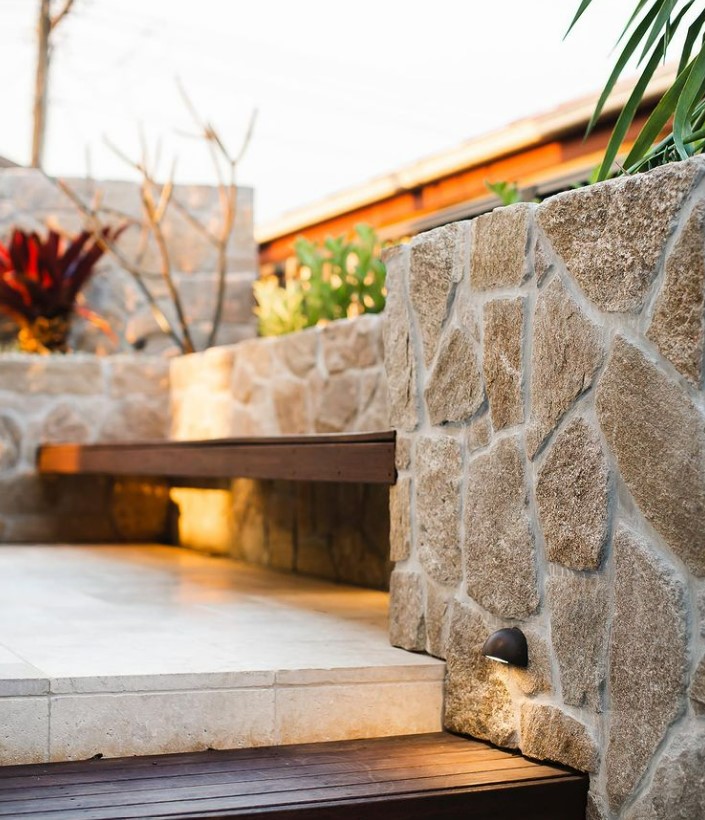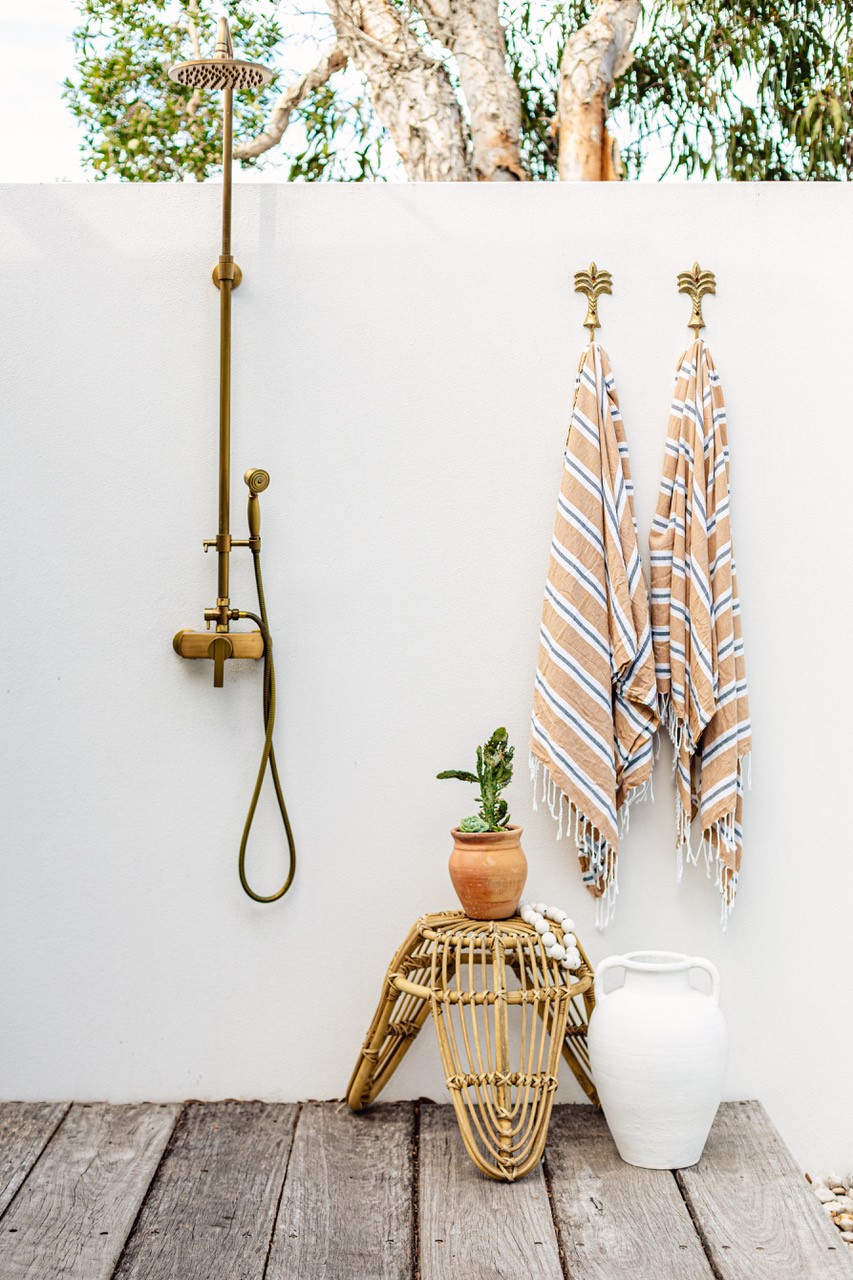A COVID backlog, trade shortages, and soaring material costs mean if you’re planning to redesign your garden before summer entertaining kicks in, you might have left your run a bit too late.
But, MUD Landscape Design director Mark Tisdell says there are ways to get your planning back on track and help re-focus your priorities while defining what home means to you.
Having learned his craft by combining a Master of Architecture with almost a decade in landscaping experience, the Newcastle-based creative is apt at offering advice that suits the former steel city’s climate, as well as profile.

And, when it comes to landscape architecture, Mark says establishing exactly what function your garden space needs to perform, needs to be addressed in the initial stages.
“The first question to ask is how do you want to live in this space,” he says. “Each room in your home caters toward a function of sorts, and that’s the same for your garden.”
“Design to the function. It’s fair to say that if someone has a poorly planned garden, it doesn’t matter what size it is, if it’s unappealing it will never be used, whereas someone might have the smallest courtyard but if it’s functional it will be used regularly.”
“Design to the function…if it’s functional it will be used regularly”
A connection to the key living areas of the home is crucial, Mark advises.
Whether it be by creating a path from the back deck to the pool, adding a firepit or focal point to draw you into the garden, using landscape lighting to accentuate a feature, or building a retaining wall to encourage a “place to enjoy a cup of tea in the sunshine”.
Together with deliberate planting choices, climate factors and access considerations, living can be enhanced with the correct choices.

Here are Mark’s top tips when planning your garden design:
- Nut out your brief: List your must-haves in order of importance, understand your capacity, be it time or budget, or capabilities, or the capabilities of those within your network.
- Measure out the space. Use a scaled drawing of your property to understand its true size.
- Inspiration: Gather your inspirations, get on Pinterest, flick through sites, books, magazines, wherever you source your ideas from.
- Separate yourself from the space: Most people are far too ingrained in the rhythms of their site that they find it hard to see it in other ways. Step back and look at your home and its surrounds in another way.
- Draw: On tracing paper layer the space and draw over the top, again and again until you work out the key feature. Then you can work from there.
- Material selection: Start selecting your palette. Choose your key element, the biggest, strongest element from your drawings – it could be a wall, tiles, a zone – then choose three different materials maximum – don’t go too busy, keep it simple, let the key element sing.
- Focus: Only draw attention to something that is beautiful in the space. Only put effort into elements that will stand out and deserve the attention.
- Theme: The theme must be in keeping with the house; the same textures, same materials, same colour palette. This makes it feel consistent and considered thought.
- Consider scale: Plants can be both masculine and feminine and a space may need both for balance. Masculine-looking plants are hard, feminine are soft and beautiful.








